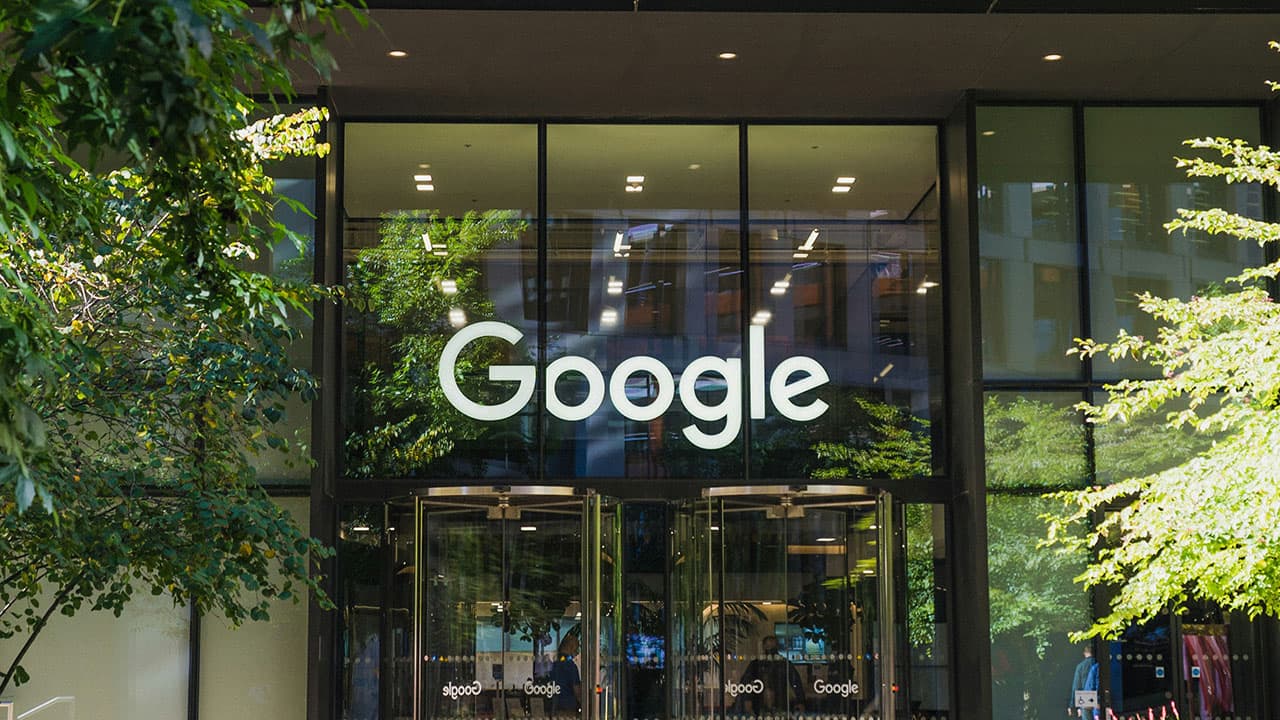Can Google Challenge OpenAI in the Large Language Model Space?
Google I/O 2024 brought significant updates that highlight Google's advancements in the realm of large language models (LLMs). With the introduction of new models and tools aimed at making AI accessible and beneficial for developers, Google is positioning itself as a strong contender in the LLM space dominated by OpenAI. However, OpenAI’s recent unveiling of GPT-4o, a model that integrates text, audio, and vision capabilities, raises the stakes in this competitive landscape. This article explores the potential of Google to challenge OpenAI and the implications for developers and the broader AI community.
Google's Latest Developments
At Google I/O 2024, several key announcements were made that underline Google’s commitment to AI innovation. Jeanine Banks, VP & General Manager of Developer X, emphasized the importance of making AI accessible and helpful for every developer. Here are some notable advancements:
-
Gemini Models:
- Gemini 1.5 Flash and Pro: These models feature a 2 million token context window, significantly enhancing processing capabilities. They are designed for high-frequency tasks and are accessible through the Gemini API in Google AI Studio.
- Gemma Family of Open Models: Building on the success of the Gemini models, Google introduced Gemma, which includes specialized models like CodeGemma and RecurrentGemma, and the new PaliGemma for multimodal vision-language tasks.
-
New API Features:
- Context Caching: This feature allows for streamlined workflows by caching frequently used context files, reducing costs and enhancing efficiency for large prompts.
- Parallel Function Calling and Video Frame Extraction: These additions expand the versatility and power of the Gemini API.
-
Google AI Edge:
- TensorFlow Lite Improvements: These updates make it easier to deploy machine learning models to edge environments, including mobile and web applications.
- Gemini Nano & AICore: Designed for on-device tasks, these tools enable low latency responses and enhanced data privacy, crucial for mobile users.
-
Developer Competitions and Tools:
- Gemini API Developer Competition: Encourages developers to create groundbreaking applications using the Gemini API, offering exciting prizes like a custom electric DeLorean.
- Gemini in Android Studio: Integrating Gemini into Android Studio aims to accelerate high-quality app development.
OpenAI’s Response: GPT-4o
OpenAI’s response to the growing competition is GPT-4o, a model that significantly enhances the interaction between humans and computers. GPT-4o, where "o" stands for "omni," integrates text, audio, and vision capabilities into a single model. Here are some of its groundbreaking features:
-
Multimodal Capabilities:
- Real-time Interaction: GPT-4o can process inputs and outputs in real time, with response times as low as 232 milliseconds for audio inputs. This near-human response time enables more natural interactions.
- Enhanced Understanding: The model can handle and generate text, audio, and images, making it versatile in various applications, from real-time translation to visual perception tasks.
-
Performance and Cost:
- Efficiency: GPT-4o is twice as fast and 50% cheaper in the API compared to its predecessors. It also boasts significant improvements in multilingual capabilities and audio-visual understanding.
- Model Safety: Extensive safety measures have been integrated, including filtering training data and refining the model’s behavior through post-training, to mitigate risks associated with multimodal outputs.
-
Availability:
- Broad Access: GPT-4o is rolling out in ChatGPT, available to free-tier users and with extended capabilities for Plus users. Developers can access it via the API, with support for its new audio and video capabilities coming soon.
Comparing Google and OpenAI
Both Google and OpenAI are pushing the boundaries of what is possible with large language models. However, there are distinct differences in their approaches and capabilities:
Key Strengths:
-
Google:
- Infrastructure and Scale: Google’s cloud infrastructure, including tools like TensorFlow, PyTorch, and JAX, provides a solid foundation for training and deploying large models.
- Developer Ecosystem: Google’s commitment to open-source tools and extensive developer resources makes it easier for developers to adopt and integrate AI technologies into their projects.
- Innovative Features: Features like context caching and multimodal capabilities position Google’s models as highly versatile and efficient.
-
OpenAI:
- Multimodal Integration: GPT-4o’s ability to process and generate text, audio, and images seamlessly in real-time sets a new standard for natural human-computer interaction.
- Cost and Efficiency: The model’s efficiency improvements make it more accessible and cost-effective for a broader range of applications.
- Safety and Ethics: OpenAI’s rigorous safety protocols and extensive red teaming efforts ensure that GPT-4o can be used responsibly across various domains.
The recent announcements from Google I/O 2024 and OpenAI’s unveiling of GPT-4o indicate a dynamic and rapidly evolving AI landscape. Google’s strategic moves and technological innovations position it as a formidable challenger to OpenAI. However, OpenAI’s GPT-4o, with its multimodal capabilities and efficiency improvements, raises the bar for what is possible with large language models.
For developers, these advancements mean more options and tools to innovate and build impactful AI applications. As the competition between Google and OpenAI intensifies, the AI community can expect rapid advancements and a richer set of tools to harness the power of large language models.
Google’s recent advancements presented at I/O 2024, combined with OpenAI’s innovative GPT-4o, set the stage for a vibrant and competitive AI landscape. By focusing on accessibility, efficiency, and developer support, both companies are pushing the boundaries of what is possible with large language models, promising a future where AI can be more integrated and impactful than ever before.












